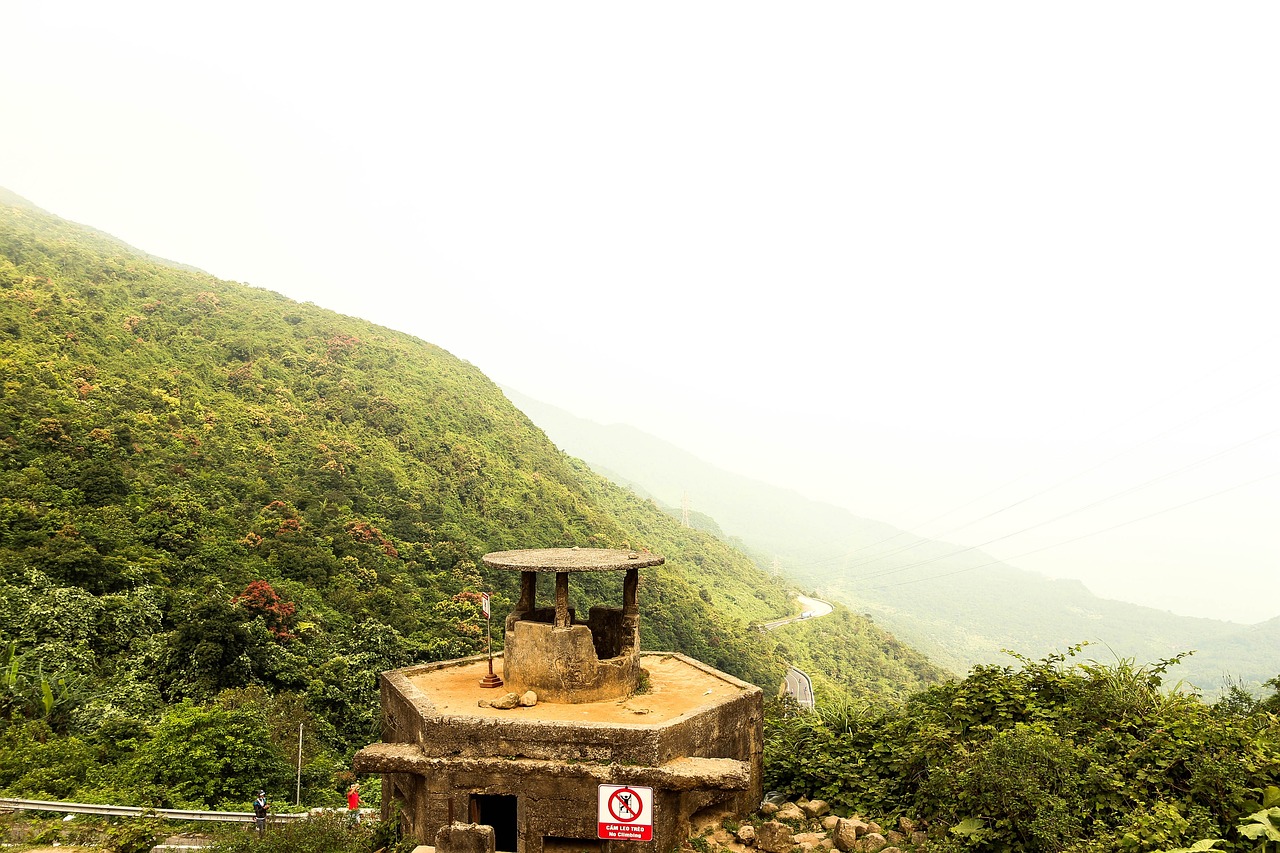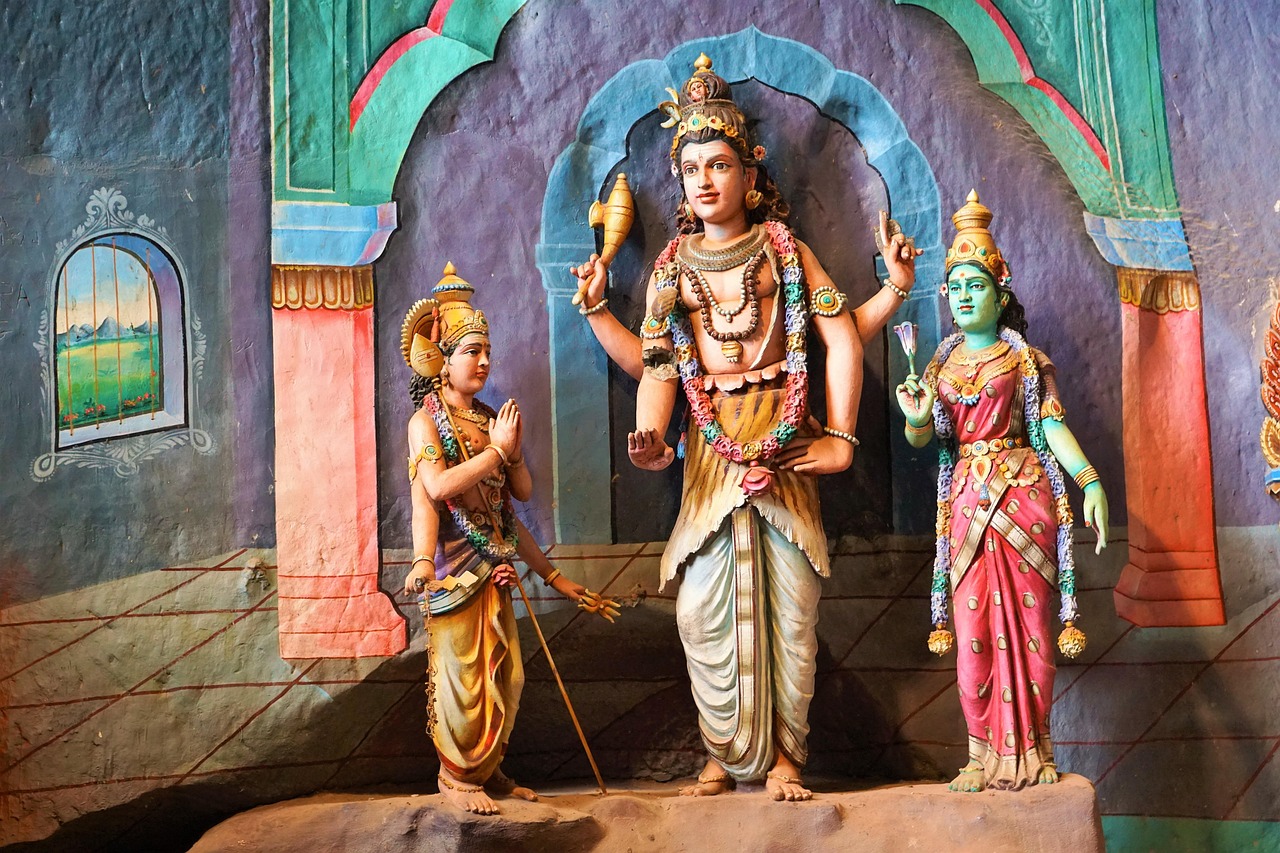Travel Tips: How to Maximize Your Experience While Minimizing Your Luggage
Traveling, whether for leisure or business, offers an opportunity to explore new cultures, meet new people, and experience life from a different perspective. However, one of the challenges that many travelers face is managing their luggage. Packing too much can lead to stress and additional costs, while packing too little might leave you unprepared. This blog post will guide you on how to maximize your travel experience while minimizing your luggage, ensuring a hassle-free and enjoyable journey.
Understanding the Benefits of Traveling Light
Traveling light can significantly enhance your travel experience. By minimizing your luggage, you can:
- Save Money: Avoid extra baggage fees and reduce transportation costs by opting for public transport rather than taxis.
- Increase Mobility: Navigate airports, train stations, and city streets with ease, and take advantage of spontaneous travel opportunities.
- Reduce Stress: Less luggage means less to worry about, decreasing the likelihood of lost or damaged items.
- Enhance Flexibility: Easily adapt to changes in travel plans, such as last-minute accommodations or flight changes.
Plan Your Wardrobe Strategically
Clothing often takes up the most space in luggage, so it’s vital to choose strategically:
1. Choose Versatile Pieces
Select clothing items that can be mixed and matched to create multiple outfits. Neutral colors and simple designs work best. For example, a black dress can be dressed up for an evening out or dressed down for daytime exploring.
2. Layering is Key
Instead of packing bulky clothes, layer lighter pieces to keep warm. A tank top, long-sleeve shirt, and a light jacket can provide warmth without taking up much space.
3. Limit Shoes

Shoes are often heavy and occupy substantial space. Limit yourself to two pairs: a comfortable pair for walking and a dressier option for formal occasions.
Smart Packing Techniques
How you pack can be as important as what you pack. Use these techniques to optimize space:
1. Roll Your Clothes
Rolling clothes instead of folding them can save space and reduce wrinkles. This technique allows for more efficient use of your luggage’s space.
2. Use Packing Cubes
Packing cubes help organize your belongings and compress items, making it easier to find what you need without unpacking everything.
3. Be Mindful of Toiletries
Opt for solid toiletries like bar soap and shampoo bars, which are compact and spill-proof. Consider purchasing travel-sized containers or using hotel amenities.
Embrace Technology
Technology can be a powerful ally in reducing physical items:
1. Digital Documentation
Store important documents such as boarding passes, itineraries, and maps on your smartphone or cloud services. This reduces the need for paper copies.
2. E-Books and Audiobooks
Instead of carrying physical books, download e-books or audiobooks to enjoy during your travels.
3. Online Entertainment
Stream your favorite shows and music to avoid carrying CDs or DVDs. Download content before your trip for offline access.
Adopt a Minimalist Mindset
Embrace the philosophy of minimalism, which can transform the way you travel:
1. Prioritize Essentials
Identify items that are essential for your trip and focus on packing those. Ask yourself if each item is truly necessary or if it can be acquired at your destination.
2. Practice Mindful Consumption
Be conscious of the souvenirs and items you purchase during your travels. Opt for meaningful, lightweight mementos that won’t clutter your luggage.
Utilize Lightweight Luggage
Investing in the right luggage can make a significant difference:
1. Choose a Carry-On

If possible, stick to a carry-on to avoid checked baggage fees and the risk of lost luggage. Many airlines offer detailed guidelines on carry-on size limitations.
2. Opt for Lightweight Materials
Select luggage made from lightweight yet durable materials. This allows you to maximize the weight of your belongings, rather than the weight of the bag itself.
Takeaways
Maximizing your travel experience while minimizing your luggage is about thoughtful planning, strategic packing, and embracing a minimalist mindset. By choosing versatile clothing, utilizing technology, and opting for lightweight luggage, you can enjoy the freedom and flexibility that comes with traveling light. Ultimately, the goal is to focus on the experiences and memories you create during your journey, rather than the belongings you carry.
Implement these tips on your next trip and discover the joy and simplicity of traveling with less. Whether you’re exploring vibrant cities or serene landscapes, you’ll find that a lighter load allows you to immerse yourself more fully in the adventure.
Additional Tips for Traveling Light
Besides the foundational strategies mentioned earlier, there are several additional tips that can further aid in minimizing your luggage:
1. Wear Bulkier Items
When traveling, especially on flights, wear your bulkiest jacket or heaviest shoes. This strategy keeps these items out of your luggage and frees up space for other essentials.
2. Utilize Multipurpose Items
Items that serve multiple functions are invaluable. A sarong, for example, can be used as a beach towel, a scarf, or even a blanket on a chilly flight. Similarly, a foldable backpack can serve as extra storage for day trips without adding bulk to your main luggage.
3. Reassess Before Returning
Before heading home, evaluate your belongings. Consider donating items you no longer need or mailing back souvenirs, which can reduce the weight and bulk of your luggage for your return journey.

Staying Connected Without Extra Bulk
In today’s digital age, staying connected is easier than ever without needing to carry extra gadgets:
1. Mobile Hotspots
Instead of relying on multiple SIM cards or expensive roaming plans, consider using mobile hotspots. These compact devices provide internet access for multiple devices, allowing you to stay connected without the bulk of extra technology.
2. Portable Chargers
A compact power bank is a must-have for any traveler. Ensure your devices stay charged, especially when exploring areas with limited access to power outlets. Choose a lightweight model that offers multiple charges.
3. Universal Adapters
Instead of packing multiple plug adapters for different countries, invest in a universal adapter that can be used worldwide. This small investment saves space and ensures you can charge your devices anywhere.
Embrace Local Resources
Part of the adventure of travel is immersing yourself in the local environment, which also provides opportunities to reduce your packing list:
1. Local Shopping
Trust in the availability of local shops for any forgotten items or necessities. Buying locally not only supports the community but also ensures you have what you need without overpacking.
2. Laundry Services
Many accommodations offer laundry services or have facilities nearby. Planning to do laundry once or twice during your trip can drastically cut down on the amount of clothing you need to pack.
3. Borrow or Rent
If you’re planning activities that require special equipment, such as skiing or snorkeling, consider renting gear locally instead of bringing your own. This reduces the burden of carrying heavy or bulky items.
Conclusion: The Joy of Traveling Light
Traveling light is not just about reducing physical weight; it’s about embracing a mindset that prioritizes experiences over possessions. By adopting these strategies, you can focus more on the journey and the memories you create along the way. Remember, the world is an open book, and traveling light allows you to turn its pages with greater ease and joy.

Whether you’re a seasoned traveler or embarking on your first adventure, these tips will help you navigate the intricacies of packing smarter. So, pack your bags lightly, open your heart to new experiences, and set forth on your journey with a spirit of adventure and discovery.
For more comprehensive travel tips and insights, explore resources like Lonely Planet and Nomadic Matt to ensure you’re always prepared for your next adventure.
Learning from Experienced Travelers
Another effective way to enhance your travel experience while minimizing luggage is to learn from seasoned travelers who have perfected the art of packing light:
1. Follow Travel Blogs
Many experienced travelers share their tips and experiences through blogs. These insights can provide valuable advice tailored to specific destinations or types of travel. Bloggers often share packing lists, product recommendations, and firsthand accounts of their trips, which can inspire you to streamline your own packing.
2. Join Travel Forums
Engage with communities on travel forums such as TripAdvisor where travelers exchange tips and advice. These platforms allow you to ask questions, share experiences, and gather insights that can assist in planning your journey efficiently.
3. Watch Packing Tutorials
Platforms like YouTube offer a plethora of packing tutorials where travelers demonstrate how to pack effectively. These visual guides can introduce you to new techniques and products that help reduce luggage size and weight.
Innovative Packing Products
Leveraging innovative packing products can also facilitate lighter travel:
1. Compression Bags

Utilize vacuum or compression bags to significantly reduce the volume of clothing and bulky items. These bags allow you to pack more efficiently by removing excess air and compressing clothing.
2. Lightweight Travel Towels
Invest in microfiber travel towels that are compact, quick-drying, and lightweight. They can serve multiple purposes, from drying off after a swim to acting as a makeshift blanket during transit.
3. Multi-Use Chargers
Carry a multi-port charger to power several devices at once. This reduces the need for multiple chargers and helps keep your luggage organized.
Real-Life Application of Minimalist Packing
To illustrate how these tips can be applied, consider the example of a week-long European city tour:
- Clothing: Pack five interchangeable outfits with items like a pair of jeans, a couple of shirts, and a versatile dress. Add a light jacket and a scarf for layering.
- Footwear: Wear your bulkiest shoes during travel and pack a pair of lightweight sandals.
- Toiletries: Use travel-sized containers and opt for solid versions of shampoo and soap.
- Technology: Download maps and guides to your smartphone and bring a universal adapter for charging needs.
- Extras: Include a reusable water bottle and a small daypack for daily excursions.
By applying these strategies, you can travel comfortably with just a carry-on, enjoying the freedom and ease that comes with lighter luggage.
Final Thoughts
Minimizing your luggage doesn’t mean sacrificing comfort or style. It’s about making intentional choices that enhance your travel experience and allow you to focus on the joys of exploration. With careful planning, smart packing techniques, and the right mindset, you can enjoy the benefits of traveling light.
Remember, the essence of travel lies in the experiences you gain and the memories you make, not in the items you carry. By embracing this approach, you’ll find yourself more open to the wonders of the world, ready to embrace whatever adventures come your way.
As you prepare for your next trip, keep these tips in mind, and embark on your journey with confidence, knowing that you’ve mastered the art of traveling light.